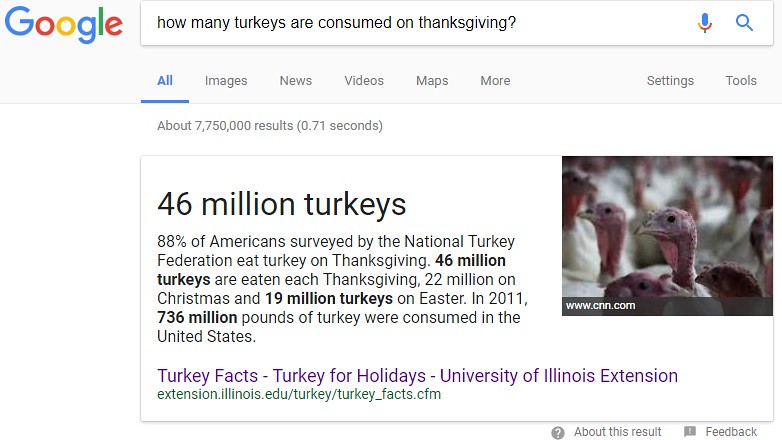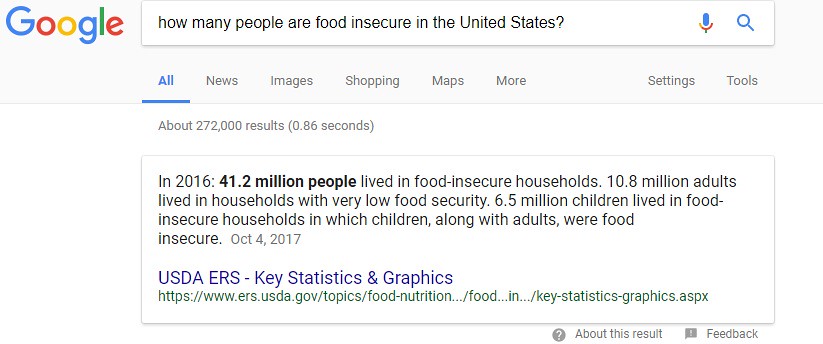Why do I mention the obvious with respect to the emergence of technology? The chief reason is that with the emergence of a wide range of high quality devices comes greater access to quality entertainment. To name just one, look at the increase of quality videos which are being produced by the public with everyday technology. In the current blog, I would like to highlight a new website which uses conventional videos to show the unique aspects of chemistry.
Beautiful Chemistry?
Chemistry is beautiful. Of course, if you were to ask a host of people the following question: "Is Chemistry Beautiful?" The answer would vary considerably. Part of the issue is that visualizing chemistry is difficult on the 'molecular scale'. Nanotechnology (on the order of a billionth of a meter -- 1/1,000,000,000 meter -- super small) has unveiled chemistry which was previously restricted to chemists minds -- abstract thinking.
Now, with the aid of technology and resolution, the possibility of viewing chemistry phenomenon is within reach on many levels. An example is from a blog post I wrote earlier this year regarding new chemistry technology which prevents batteries from catching fire. One of the causes of fires in lithium ion batteries (batteries in general) is thermal runaway. This is caused by a 'short circuit' in the battery. A cause of 'short circuit' was described as "growth spurs" as shown below in the image taken from the original article:
Source: Physics Today
The above image is 'static' -- meaning taken as a snapshot in time. Scientists wonder how the 'growth spurs' form over time. What if the emergence of the 'spur' could be tracked in time? What if the visualization of formation was possible in real-time? This would enhance the understanding of the battery chemists working on this complicated problem. Below is an example of such a visualization of a chemical process -- which stands to change the understanding of technology challenges which stand in our way currently.
In a recent video created by the company "Beautiful Chemistry" - the spurs or dendrites which plague battery manufacturers are shown growing in real-time as shown below:
Amazing.
Can you imagine if a variety of chemical challenges were made visible to us? How would that change the technology landscape? The problem is inherently very complex. Being able to see inside the reactions as they occur in real time is important but will not solve the entire puzzle. In addition to improving the understanding of challenging issues/problems for researchers, the new technology could be incorporated into the educational community to improve education. There is a lack of participation (education) in STEM fields (Science, Technology, Engineering, and Mathematics) in the United States which is resulting in a lapse of competitiveness on the world stage. At least, that is the forecasts by members of the educational and policy communities currently. Which is terrible.
One of the greatest difficulties in learning about chemistry and physics along with biology (physical and life sciences) is the abstract conceptualization of the material. As humans, we are not naturally built to think of the abstract world. The world in terms of atoms and molecules nonetheless subatomic particles. Although, a certain percentage of people are able to learn how to and are scientists.
Each of us have the potential to think in such a manner -- but each of us have a subjective threshold for understanding such material. With better visualization tools available, the threshold has been lowered. An example of this is a recent video I embedded into a blog post on a virtual tour of a human cell. Additionally, in another blog post, an additional video shows the virtual tour of a plant cell. These two videos display the great potential in understanding the abstract that occurs on scales which are super small compared to the human scale.
The educational community is in a great transition currently trying to understand how to change the traditional models which are not working any longer. An educational expert I spoke to recently said that over the last few decades, there are multiple iterations of changes which are small. I would argue that incorporating videos like the one above along with virtual reality systems into the educational landscape will be a large leap. I am excited about the future of the physical and life sciences from an educational standpoint. Hopefully, funding will be directed toward projects aimed at improving the education by incorporating new videos like the ones shown on this site.
Below are related blog posts:
A Virtual Tour Of A Plant Cell? Really?
A Virtual Tour Of A Human Cell?
New Chemistry Shows Promise In Preventing Fires In Lithium Ion Batteries!!!
The Concept Of Sound Made Simple!
Technology Allows Chemists To View Chemical Reactions -- Example: Sodium On Water!
A Perfect Example Of Why Science Outreach Is Critical: Science Needs Simplification!
Ambassador Of Chemistry Has Followed Me All Of My Life -- Even In the Military









